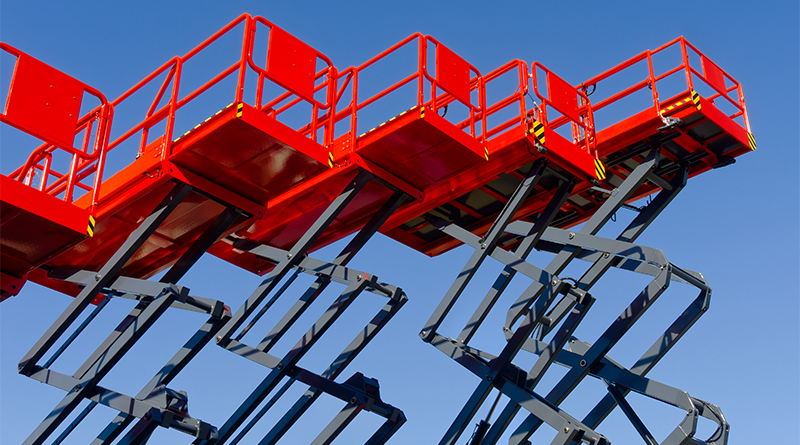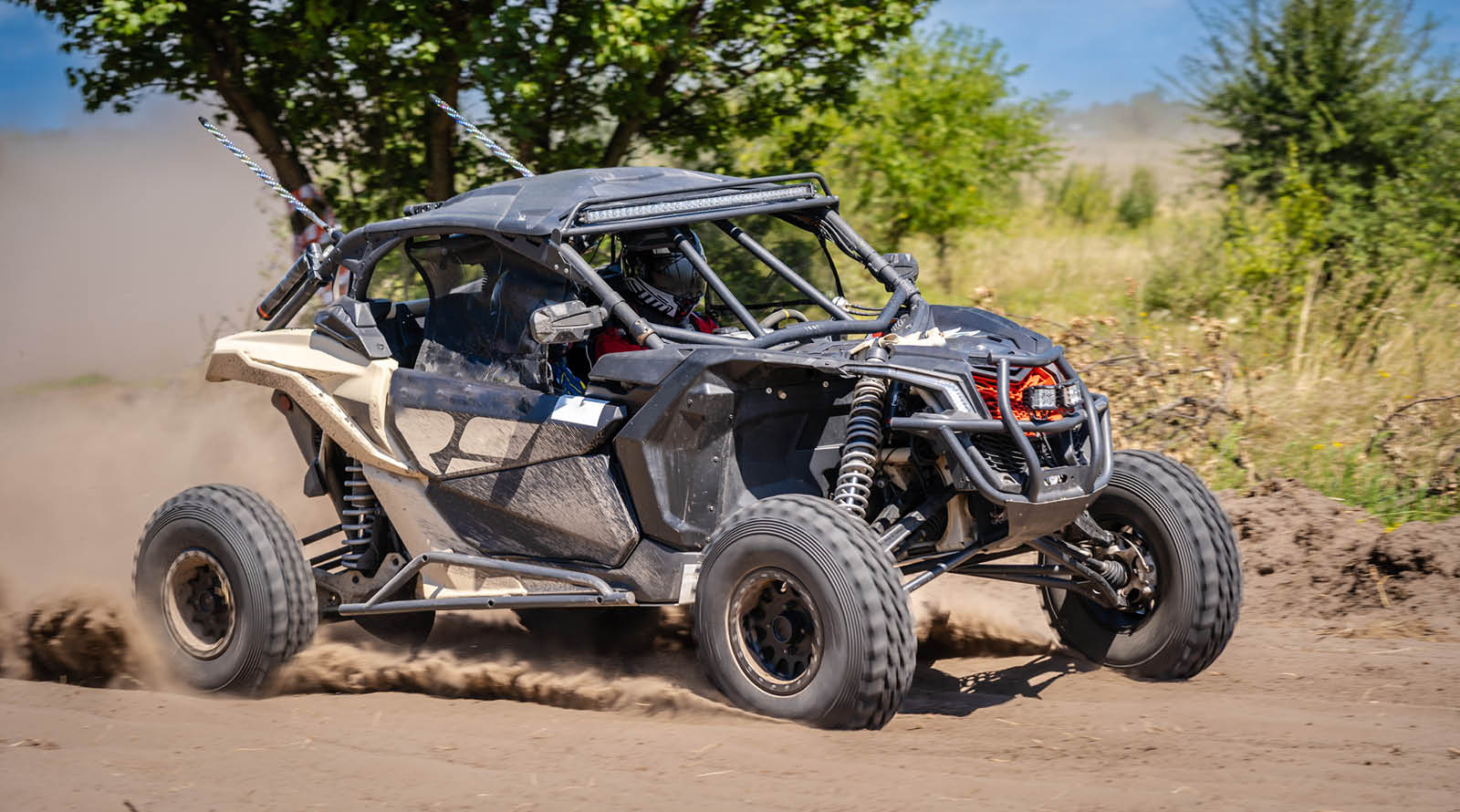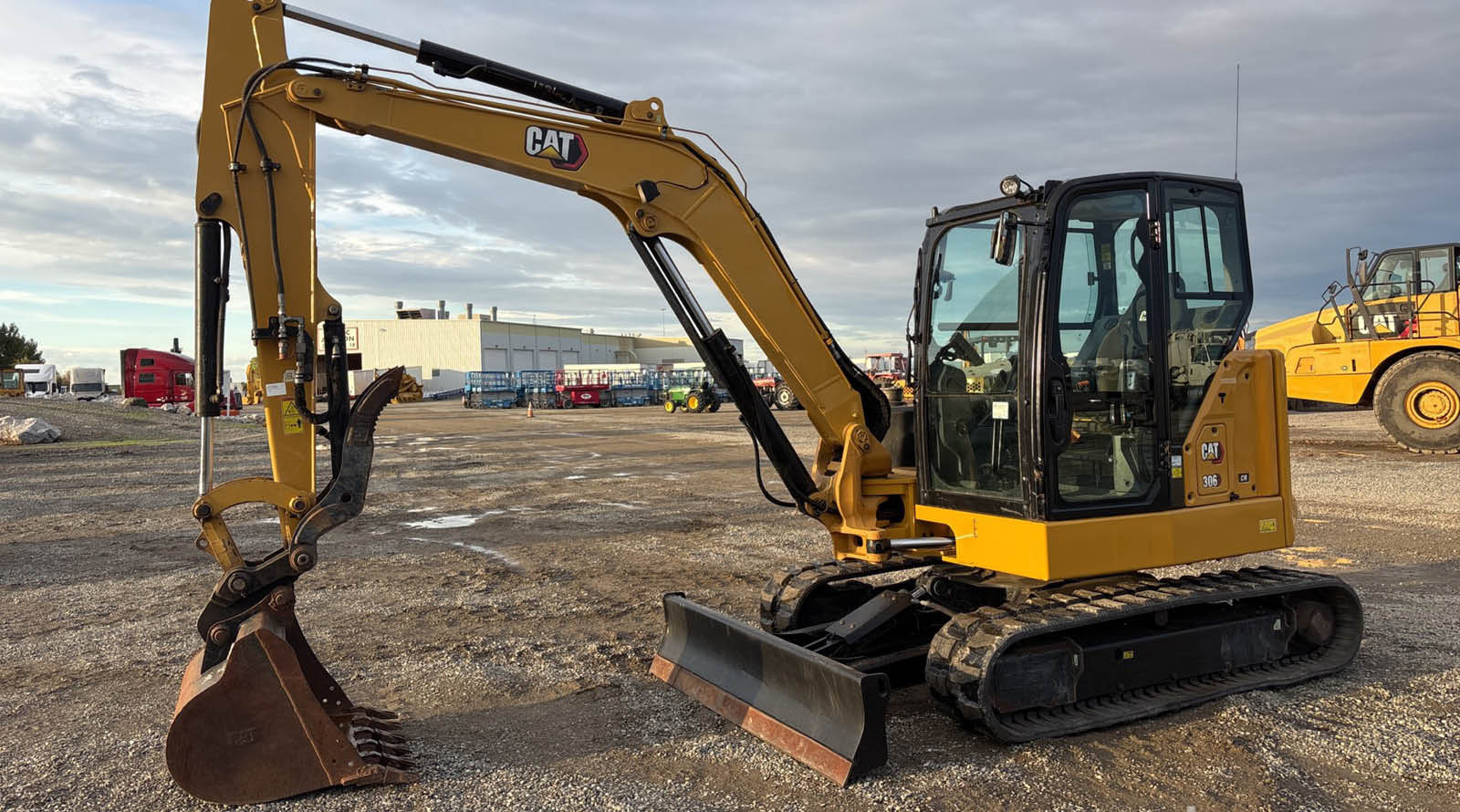Dealer’s dilemma: inventory that sits, profits that slip

7 ways procrastination in disposition reduces profitability
Picture this: You bought a clean, late-model excavator at a great price, confident it would move fast. Three months later, it’s still sitting in the yard. You’ve already dropped the price twice. Sound familiar?
For used equipment dealers, inventory is both opportunity and liability. While every machine has the potential to generate profit, holding onto it too long can quietly erode margins and tie up capital that could be working harder elsewhere. Here’s why it matters:
- Capital could be reinvested in faster-moving assets
- Financing costs (interest, floorplan fees) continue to accrue
- Delayed decisions compound losses over time
Let’s breakdown the true costs of delayed disposition—and why timely decisions are essential.
1. Depreciation & market value decline
Used equipment loses value over time, especially as newer models enter the market. Even well-maintained machines depreciate, and seasonal demand shifts can accelerate this decline.
Recall the late-model excavator you bought? Depending on the make, specs, condition, time of year, etc., its market value can decline 5-10% over the course of a single quarter. The impact:
- Lower resale prices
- Reduced trade-in value
- Increased pressure to discount
2. Maintenance & storage costs
Idle machines still require upkeep. Whether it’s preventive maintenance, inspections, or simply keeping them in a secure yard, these costs add up.
For instance, storage, maintenance and insurance costs for a machine can quietly reach $300 to $600 per month. The impact:
- Ongoing service expenses
- Space constraints in your yard
- Risk of deterioration or damage
3. Opportunity cost of shelf space
Every machine sitting unsold is taking up space that could be used for faster-moving inventory. This limits your ability to rotate stock and respond to market demand. The impact:
- Missed sales opportunities
- Reduced agility in sourcing new inventory
- Lower overall inventory turnover
4. Brand perception & buyer confidence
A yard full of aging inventory can signal to buyers that your equipment is stale or overpriced. It may also suggest poor fleet management. The impact:
- Lower buyer engagement
- Increased negotiation pressure
- Reduced repeat business
5. Liquidity risk & inventory bloat
Holding too much inventory ties up cash that could be used for marketing, staffing, or acquiring high-demand assets. It also increases exposure to market volatility. The impact:
- Reduced financial flexibility
- Higher risk during downturns
- Difficulty scaling operations
6. Administrative burden
Tracking, pricing, and managing aging inventory consumes time and resources. It also complicates reporting and forecasting. The impact:
- Increased workload for sales and operations
- Inefficient use of CRM and inventory systems
- Slower decision-making
7. The biggest cost of all: Cost of capital
Every dollar tied up in unsold inventory is a dollar not generating return. Whether you’re financing inventory or using working capital, the longer you wait to sell, the more expensive that machine becomes.
Holding $1,000,000 in inventory for 120 days at 5% costs more than $16,400 in lost earning potential.
Timely decisions are key
Disposition decisions don’t have to be difficult or expensive—they just need to be timely.
By leveraging data, valuation tools, and flexible selling channels, you can turn aging inventory into opportunity. The longer you wait, the more your capital sits idle, losing value and potential.
In today’s market, speed isn’t just a strategy—it’s a financial imperative. Let’s build a disposition plan that keeps your capital working, not waiting.
Contact us at DealerSupport@ritchiebros.com
 |
Types of construction lifts |





